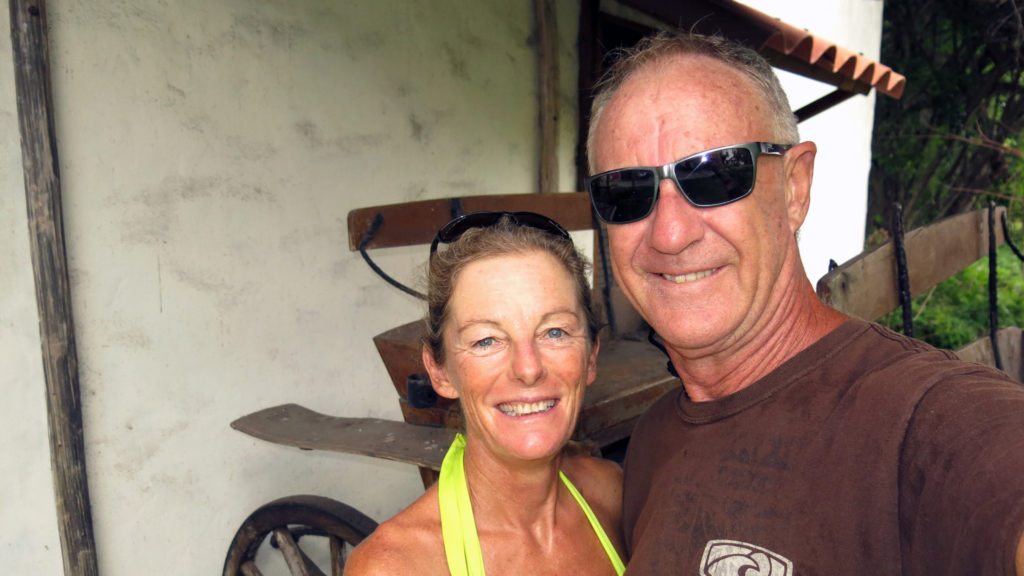
On our return from Panama we made a bee line to Vista Mar marina for the Panama Posse End of Season party. The Panama Posse is a gathering of cruising boats who are all sailing in Central American waters and have formed loosely structred group to make friends and share information. Boats leaving central Mexico in November/December arrive in Panama in May which seems a good enough reason for a party.
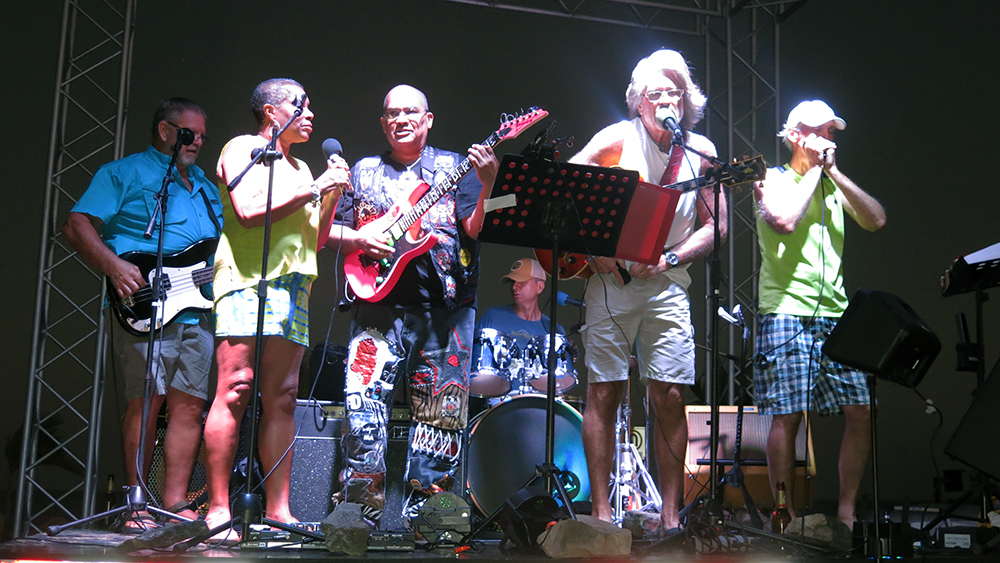
The Boga Bar at Vista Mar marina laid on food and free beer, rum and vodka for the Posse members which made for some interesting cocktails. We caught up with lots of friends including a couple of boats that we hadn’t seen since we were in El Salvador last year. The Jim Votaw Band, a local legend, drew large crowds and luckily the rain held off as we rocked the night away. A great time was had by all.

Once we’d slept off our hangovers, done our laundry and bought a few supplies we set off to explore the west side of the Panama Gulf which we’d largely neglected until now. Our first stop was Isla Taborcillo aka John Wayne Island. The island is a sand bar in Bahia de Chame which is very shallow and can only be entered at high tide. We went in and found a spot deep enough to anchor and at low tide we found ourselves surrounded by a vast expanse of mudflats.
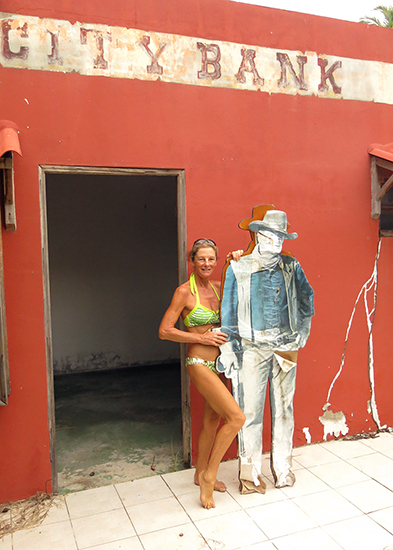
So what’s John Wayne got to do with it? Apparently he played a prominent role in negotiating the treaty which handed control of the Panama Canal back to the Panamanian Government, and Isla Taborcillo was given to him in recognition of his contribution to the country. He used it as a holiday home until his death in 1979 after which it was bought by a Swiss publishing tycoon who developed a tacky Western style resort on the island. The buildings are now derelict but it is fascinating to wander around the Duke’s Saloon, the Bridget Bardot suite and a western “street” where guest rooms are disguised as the jail, the bank and the Sheriffs office.
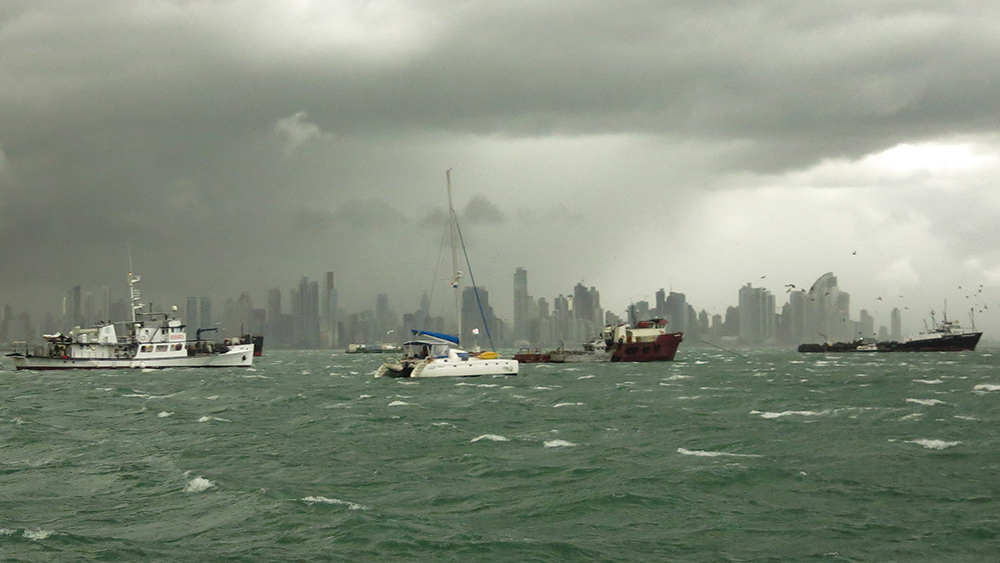
We explored the island and collected another haul of mangoes for chutney, then we headed up to Panama City as we needed to get our ancient stove repaired. Soon after we arrived in the Las Brisas anchorage a vicious squall kicked up from the east. The wind was gusting over 40 kt and the choppy swell was making boats heave and roll, jerking anchor chains and pulling hard on their anchors. It was chaos, several yachts dragged anchor, we steered to avoid a catamaran which almost collided with us and two boats ended up on the rocks. We were glad to leave.
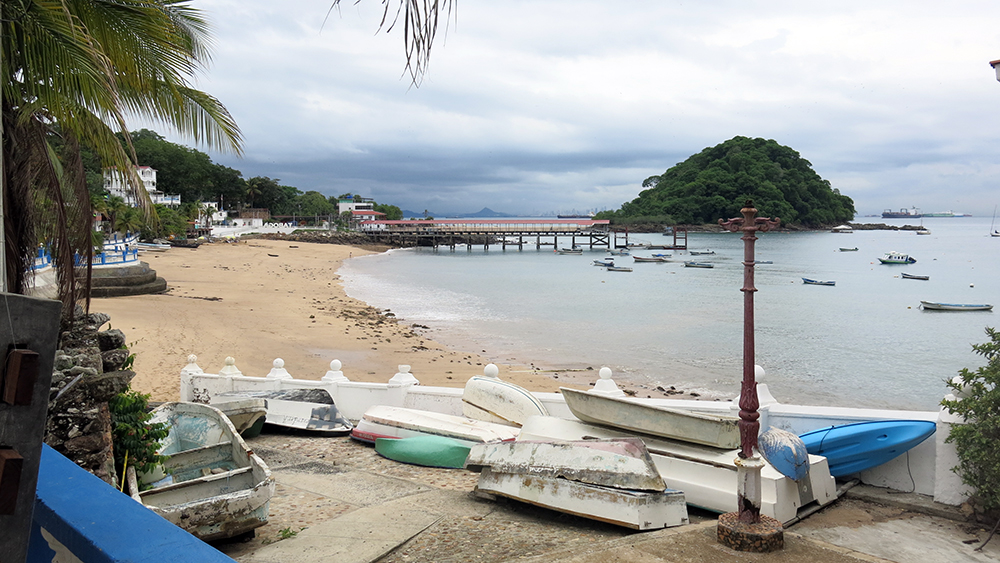
Isla Taboga lies about 10NM south of Panama City but is a world apart. The village of San Pedro is a labyrinth of closely packed houses and narrow alleys and has a very European feel. It was established by the Spanish in 1524, built upon the ruins of a pre-Columbian settlement. Indigenous indians, conquistadors and pirates, pearl divers and canal builders have all lived on Taboga and left their mark. Stone axe heads can be found in the gardens of the village and when the new health clinic was built a treasure trove of 1000 pieces of silver was unearthed.
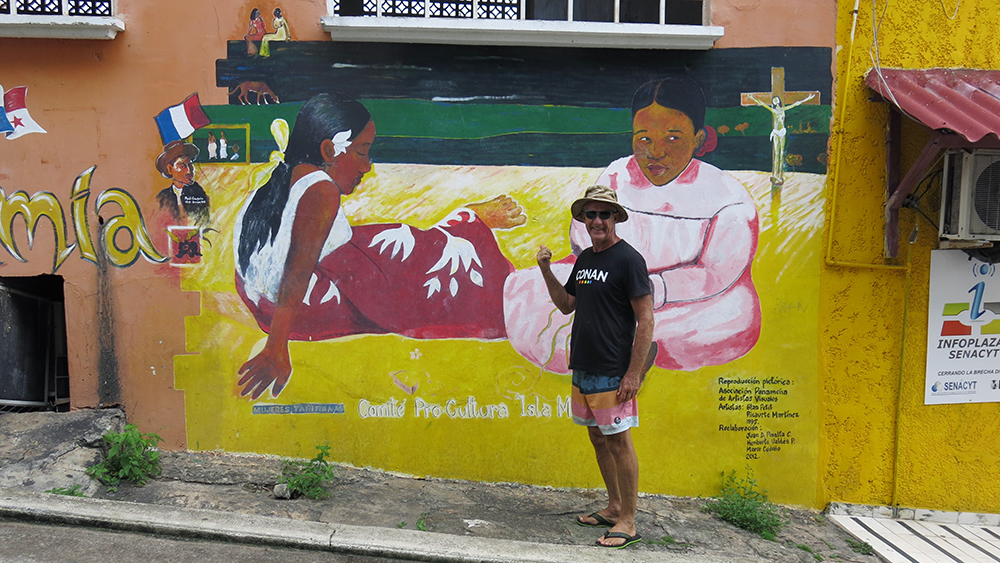
We anchored in the bay on the northeast side of the island and kayaked ashore to have a look around. There are almost no cars on the island and during the week it is very peaceful; a few old men sweeping the streets, women chatting outside the tienda and children playing football on the sand. At the weekend crowds of city dwellers arrive by ferry and coloured umbrellas sprout like mushrooms on the beach. Food stands and restaurants do a lively trade in hamburgers and piña coladas and dance music throbs from the speed boats and beach bars.
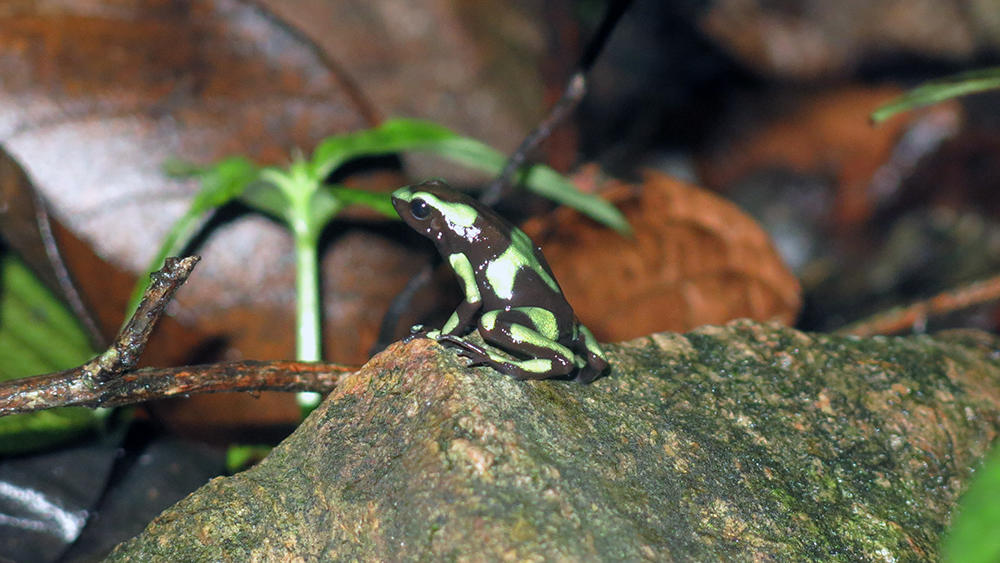
There are several hiking trails around the island and one cloudy day I decided to try to find the path to Las Tres Cruces. The crosses mark the graves of three men who were killed during an attack on the island in the late 1800’s. As I followed the track through the rainforest I spotted little green dart frogs hopping around in the undergrowth. I was so fascinated by them I almost stepped on a tarantula in the path. It gave me a horrible fright but the old men in the village assured me that they are not dangerous, then they showed me a coral snake which they’d caught in a bottle – now that’s dangerous!
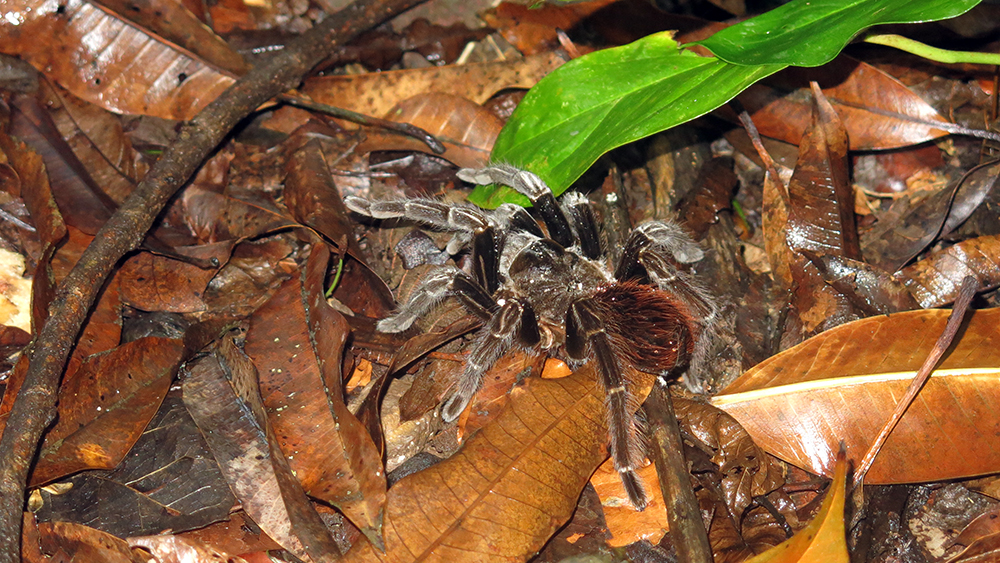
In between all the fun stuff we’ve been getting some boat jobs done. A couple of stanchions had come loose so we took them all off to be re-welded, now our life lines are safe again. The fly quotient seems to have increased in the wet season so we’ve made fly screens for the hatches and the companionway. A fly-free boat is a happy boat! The repair to the stove turned out to be useless but gave us an idea of how to fix it ourselves which seems to be working so far – touch wood! Talking of wood, are in the process of replacing the damaged rub rail on the port side after our various collisions over the last couple of months. The carpenter seems to be taking his time but hopefully it should be finished in the next couple of weeks.
On Sunday we going to Bogota for a week as we need to leave Panama to get our visae renewed. Should be nice and cool up in the Andes, can’t wait!
Suzy
